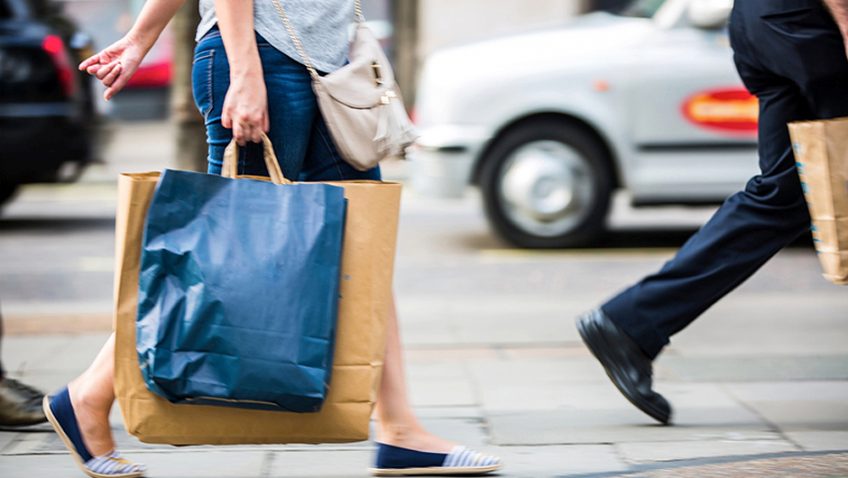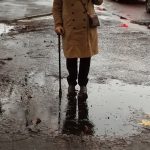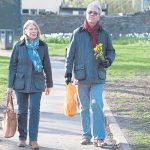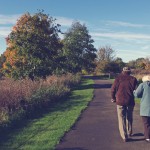A rallying call from the charity Living Streets
And this year not only are we asking you to get out walking every day; we also want you to help build a picture of how walkable our streets are.
Cities around the world are beginning to realise that by getting more people walking and reducing the number of cars, they will create a healthier, more equal society and attract business and investment into the city. Living Streets wants our towns and cities to be healthier, cleaner and less congested, where walking is safe and enjoyable for people of all ages and abilities.
Companies more than ever are looking to locate in places that provide liveable, healthy and safe places for their employees and customers.
Walking is essential to increasing physical activity across the UK because it is a universal activity with very little difference by gender, income or ethnicity, and because it’s the easiest way for most people to stay active every day.
Lessons around the world show you can make streets for people easily and cheaply and these changes can be popular. Progressive towns and cities are looking to improve streets for both walking and cycling by adopting a more inclusive ‘liveable’ or ‘healthy’ streets approach.
We want our councils to take bold and visionary decisions to make our cities and towns world-class places for walking.
Crossings
We want more ‘clearance’ time to cross the road. Timings on signalised crossings should be adjusted to reflect how quickly or slowly people walk. The Green Man lighting up is your invitation to cross the road. When the Green Man starts flashing, that’s the clearance time. Currently, the time the Green Man spends flashing is based on the assumption that people walk 1.2 metres per second – this was calculated in the 1950s and hasn’t changed since.
However, a 2012 study showed that 76% of men and 85% of women over 65 walk more slowly. The team found that the average walking speed was 0.9 m/s for men and 0.8 m/s for women. We know that young children also take longer to cross the road. With our supporters, we campaigned to make safer crossings a reality.
20 mph
Our urban areas need more 20mph speed limits to create safer streets, and more vibrant communities where people live, work and shop. If a pedestrian is struck by a vehicle at 20mph they have a 97% chance of survival. Just 10mph faster it drops to 92%, all for the sake of arriving somewhere slightly earlier. Makes you think, doesn’t it?
In our towns and cities, 20mph speed limits must become a national standard, ending the mismatch of speed limits in our urban areas.
Pavements for walking
Pavements are for people to walk on, so parking on pavements is therefore a major concern for our supporters and the general public.
Vehicles parked on the footway can cause an obstruction and inhibit the independence of many vulnerable people, especially older or disabled people with visual or mobility impairments.
And when pedestrians, for example families with pushchairs, are forced into the road and into oncoming traffic, pavement parking is simply dangerous.
It is also worth adding that pavement surfaces are not designed to carry the weight of vehicles, and the added maintenance cost of repairing cracked and damaged paving adds an unnecessary financial burden to already cash-strapped councils.
We should all be able to walk on pavements without worrying about vehicles blocking our way.
To find out more visit www.livingstreets.org.uk




